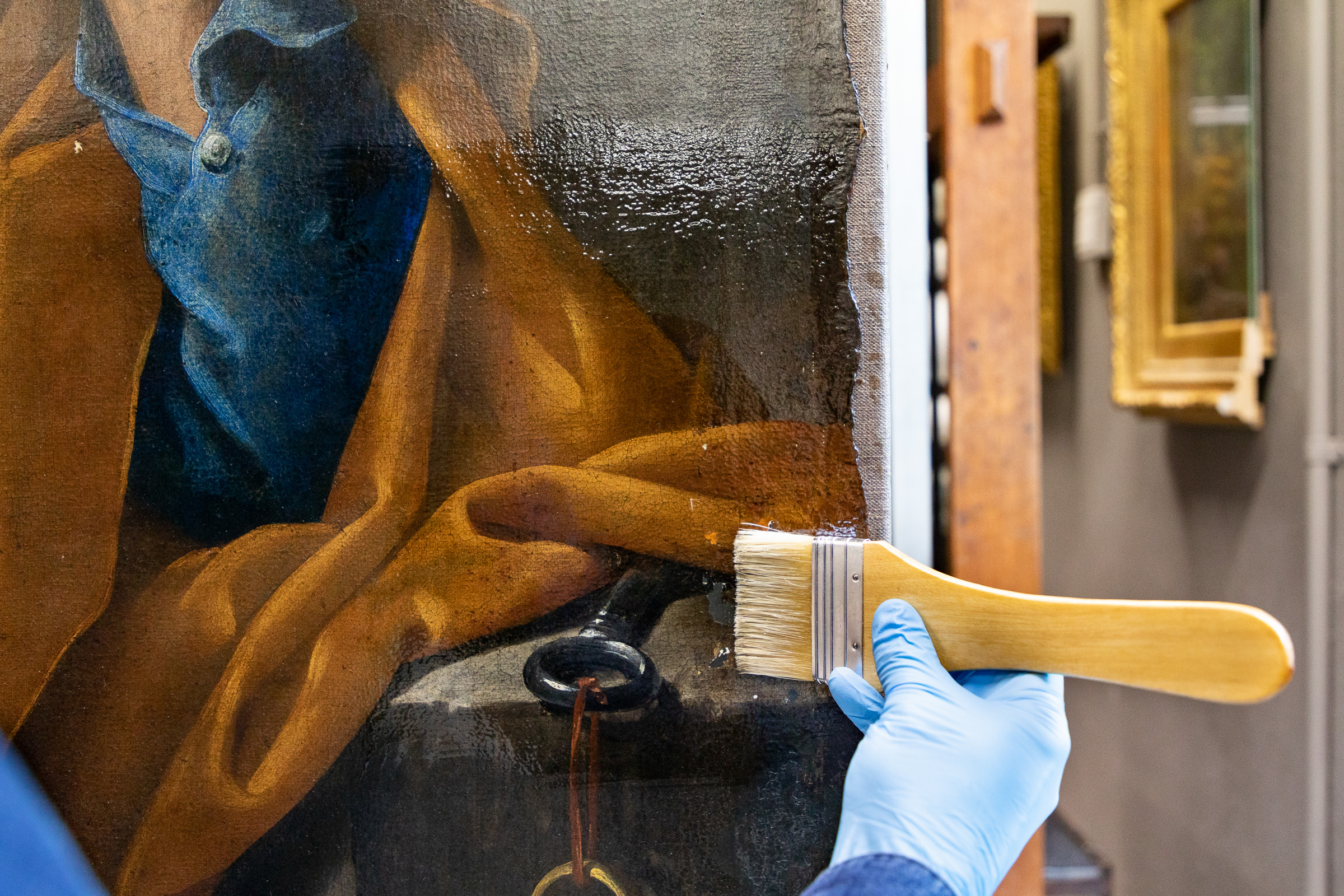When you think of fine art, it’s probably famous paintings that come to mind. Historical scenes, royal portraits and grand costumes. Then it’s the masterful techniques. The vibrant egg tempera in Botticelli’s famous renaissance works. Van Gogh’s thick swirling impasto. Rembrandt’s trademark earthy tones with golden highlights.
But have you ever thought about how galleries preserve these beautiful works?
Resin formula is a fine art
Protecting paintings from the ravages of time is quite an art. A thin coating of resin varnish is first applied by the artist upon completion of the work. A good resin can enrich the colours of a painting, give it presence as it hangs on a wall, and protect it from dust, dirt and atmospheric interference. But varnish coatings can discolour and crack over time. So, in order to keep our galleries’ paintings looking their best, dedicated and meticulous painting conservators must remove old varnish coatings and reapply new ones over a painting’s lifetime.

Adding new sheen to old masters. Image: Selina Ou and Narelle Wilson, National Gallery of Victoria
A special resin is created
Painting conservators from National Gallery of Victoria (NGV) approached us in 2016. Our team of polymer chemists helped them develop a synthetic resin varnish, specifically for conservation and cultural heritage applications. After extensive testing at the NGV, we worked closely with local chemical manufacturer, Boron Molecular, to scale-up the production of the MS3 resin for commercialisation.
We create MS3 resin by a cutting-edge chemical manufacturing process called flow chemistry. This process produces a resin that is consistent each batch and delivers improved colour and chemical stability. Art preservers can use this resin safely on priceless masterpieces to preserve them for future generations.
Flow with the art
Samples of MS3 resin have now been sent to some of the world’s most high-profile galleries, and it is receiving very positive reviews. NGV has used the resin in recent treatments of works in their collection. Namely Rembrandt’s Two Old Men Disputing and van Dyck’s portrait Philip Herbert, the 4th Earl of Pembroke.
Next time you’re vising the NGV and other galleries, admiring the masterpieces, spare a thought for the highly skilled conservators. They continue their delicate work, conserving these special paintings of cultural and heritage significance with our MS3 resin. Now we can enjoy these masterpieces for generations to come.

